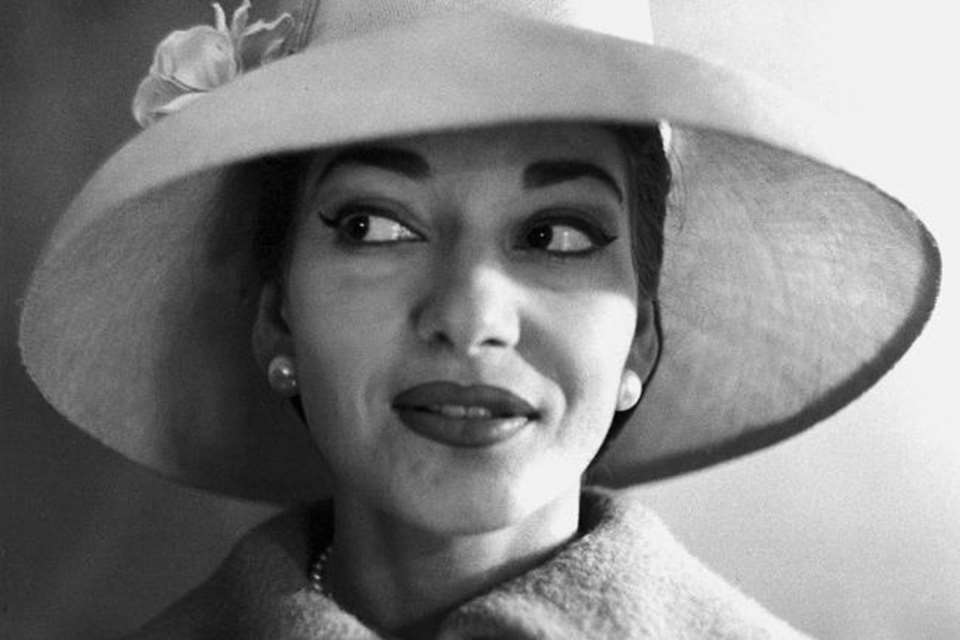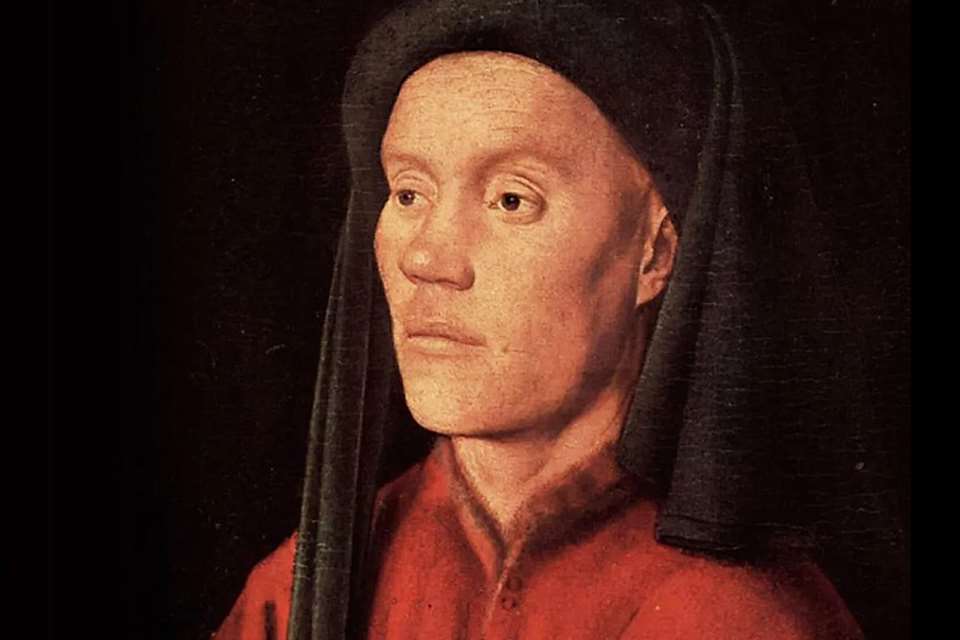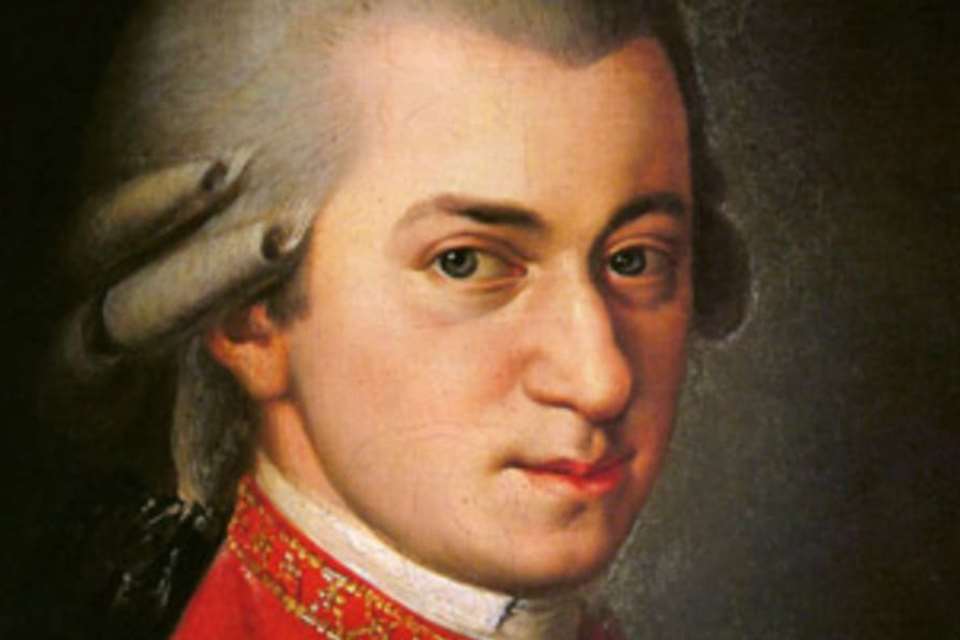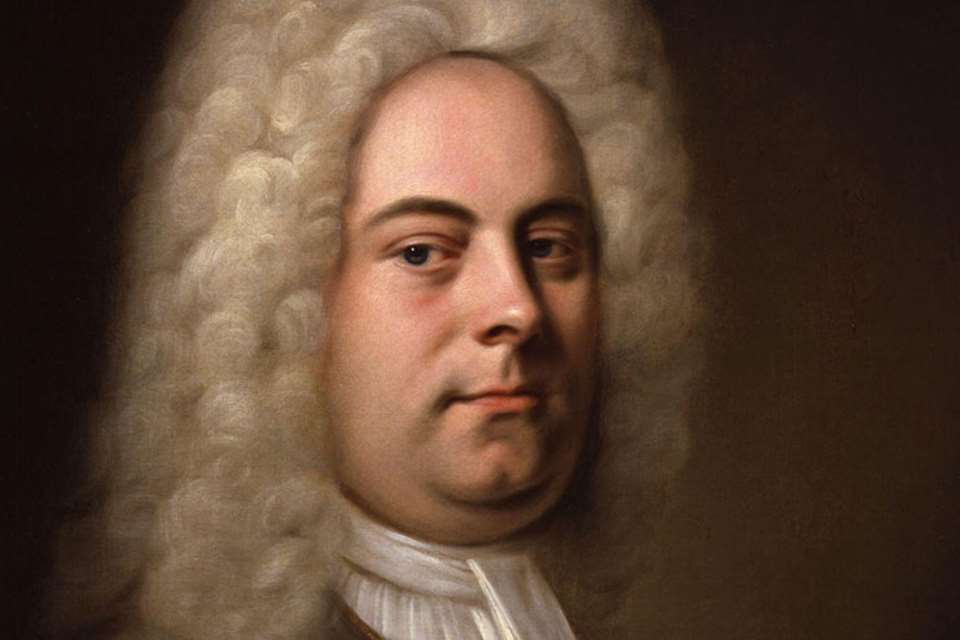Top 10 Opera Composers
Wednesday, January 26, 2022
A beginner's guide tracing the extraordinary development of opera from Monteverdi in the 17th century to Saariaho today, via the masterpieces of Handel, Mozart, Wagner, Verdi, Puccini and Britten
Register now to continue reading
Thanks for exploring the Gramophone website. Sign up for a free account today to enjoy the following benefits:
- Free access to 3 subscriber-only articles per month
- Unlimited access to our news, podcasts and awards pages
- Free weekly email newsletter












